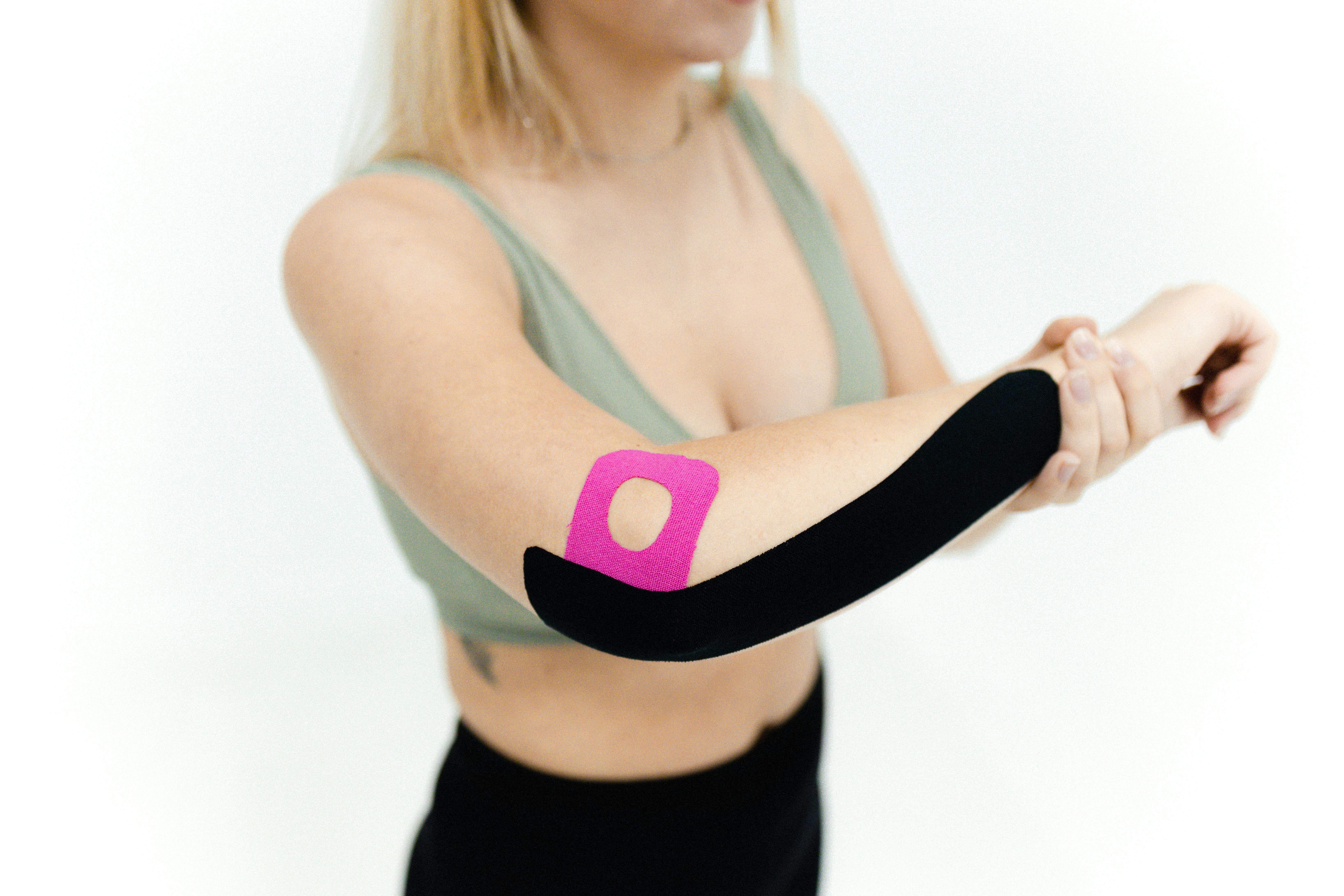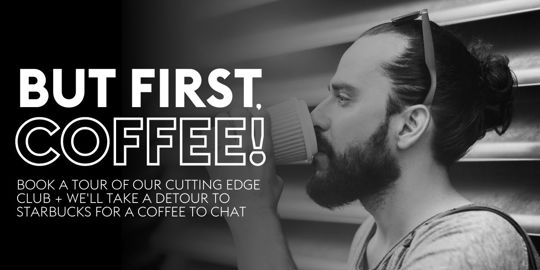When going to the gym to develop your fitness and crush those PBs, from time to time you might go home with nagging pains and aches across your body. While some discomfort is to be expected, pain is never a good sign! Usually, unless it's the good type of ache, pain is a sign that you are pushing your body too far and you should listen to it.
Today we’ll be discussing elbow pain after going to the gym, potential causes for it, and what you can try to alleviate these aches and pains.
Note: when experiencing pain it is super important to consult with a medical professional! Pain is never a good sign and you should always get a professional medical opinion before continuing to work out.
Causes of Elbow Pain in the Gym
Whether you’ll know it or not, elbow pain is quite a common complaint among gym goers. This is especially true on arm days where people focus on building muscle in their biceps, triceps, and shoulders.
The pain you’ll feel will depend on you and the severity of your injury, but can range from mild discomfort to sharp, shooting pains, which might make it difficult or uncomfortable to do everyday tasks.
The most common causes of elbow pain are:
Overuse
By far the most typical reason for elbow pain is overuse while you are at the gym. It can be very tempting to go for one more set, or increase your lifting weight by a few KGs when pushing to crush your goals, and this can easily end up with a sore elbow afterwards.
While growth and improvement are important for your fitness, pushing your body too far, too quickly can lead to elbow joint and tendon stress or tension. It can also lead to muscle strain for the muscle groups in and around the elbow area.
If you are having elbow pain, it might be worth scaling back on the number of repetitions you do or the weight you are lifting.
Muscle Strain
Muscle strain is a tear in a tendon or muscle that makes that tendon or muscle more difficult to use (and temporarily weaker).
While the elbow is a joint, it functions with the use of muscles and tendons. Having muscle strain, whether it's related to gym workouts or not, can cause extra strain on your elbow joint. This is because your body tries to compensate for the muscle strain by putting extra pressure on other muscles and tendons in or around the injured area.
Incorrect Posture/Form
When lifting any kind of weights, using the correct posture and form are super important for minimising injury. If you do have an elbow injury, it could be due to incorrectly lifting your weights.
Ask a professional at the gym to analyse your form and give you feedback, as this is something only a professional can help you with. Having the correct posture can also prevent aches and pains in other parts of the body, such as the back, shoulders, and neck muscles.
Tendonitis
Tendons are used to connect your bones to your muscles and allow your arm to move. Tendonitis is different from muscle or tendon strain, as it is an inflammation of the tendons that are crucial for any joint to function and the elbow is no exception. This means that the tendons will be slightly swollen, making joint use painful.
There are two main types of tendonitis you can develop from overuse and inflammation of the tendons:
-
Tennis elbow, which is a name given to Lateral Epicondylitis, or overuse of the tendons on the outside of the elbow.
-
Golfer's elbow, which is a name given to Medial Epicondylitis, or overuse of the tendons on the inside of the elbow.
While there’s no end to the kind of injuries that can cause elbow pain, the above are the most common issues gym goers face - but note that this isn’t an exhaustive list.
What to do about Elbow Pain
To begin, if you have elbow pain, you should consult a medical professional before trying any home remedies or trying to work out again. The last thing you’ll want to do is make your injury worse and force yourself to go longer without a workout. However, there are some things you can try to alleviate some of the pain you’re feeling:
Rest
It’s simple but very effective. Resting your elbow and only using it when you absolutely need to will help to support the healing process. After any injury, your body will need time to repair any damage and it can’t do this without rest.
The nature of your injury will depend on how long you’ll need to rest to allow your body’s healing process to repair any damage. Consulting with a GP or physical therapist for long standing issues is something you shouldn’t skip!
Use Ice
Use an ice pack (or if you don’t have an ice pack, a pack of frozen peas) on your elbow for twenty minutes at a time. Do this several times a day. This will help reduce any inflammation you may be suffering from.
Top Tip: wrap the ice pack or frozen peas in a thin dish towel. This will protect your skin from chilblains.
Use Compression
Get a compression bandage and wear it around your affected elbow. The compression might be uncomfortable or painful at first, but over time it will help to reduce swelling and promote a healthy recovery of your elbow joint. Compression bandages can also help support your elbow for when you have no choice but to use it.
Use Pain Medication
If the pain is becoming hard to deal with, you can try using over-the-counter pain medication. You should only do this under the advice of a medical professional and you should never self medicate unless you are qualified and know what you are doing.
However, some common pain medication you can use to control symptoms range from paracetamol to ibuprofen. If you aren’t sure what to use, you can ask a pharmacist for guidance.
In Conclusion
Elbow pain can be a very annoying set back, not just for your gym goals but for everyday life. Be that as it may, it is crucial that you take the time you need to heal and consult with a medical professional to support your recovery.
Trying to rush your recovery will only end up with you having more injuries!


